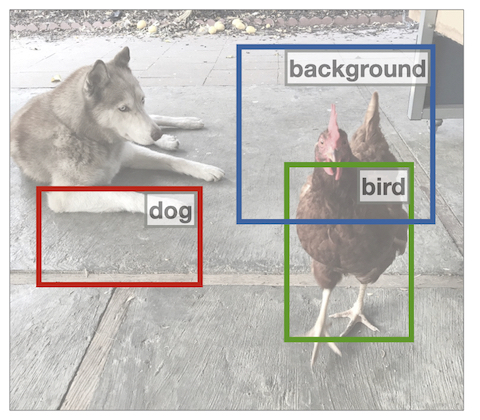NMS Strikes Back
Detection Transformer (DETR) directly transforms queries to unique objects by using one-to-one bipartite matching during training and enables end-to-end object detection. Recently, these models have surpassed traditional detectors on COCO with undeniable elegance. However, they differ from traditional detectors in multiple designs, including model architecture and training schedules, and thus the effectiveness of one-to-one matching is not fully understood. In this work, we conduct a strict comparison between the one-to-one Hungarian matching in DETRs and the one-to-many label assignments in traditional detectors with non-maximum supervision (NMS). Surprisingly, we observe one-to-many assignments with NMS consistently outperform standard one-to-one matching under the same setting, with a significant gain of up to 2.5 mAP. Our detector that trains Deformable-DETR with traditional IoU-based label assignment achieved 50.2 COCO mAP within 12 epochs (1x schedule) with ResNet50 backbone, outperforming all existing traditional or transformer-based detectors in this setting. On multiple datasets, schedules, and architectures, we consistently show bipartite matching is unnecessary for performant detection transformers. Furthermore, we attribute the success of detection transformers to their expressive transformer architecture. Code is available at https://github.com/jozhang97/DETA.
PDF AbstractCode
Results from the Paper
 Ranked #2 on
Object Detection
on COCO-O
(using extra training data)
Ranked #2 on
Object Detection
on COCO-O
(using extra training data)






 MS COCO
MS COCO
 LVIS
LVIS
 COCO-O
COCO-O